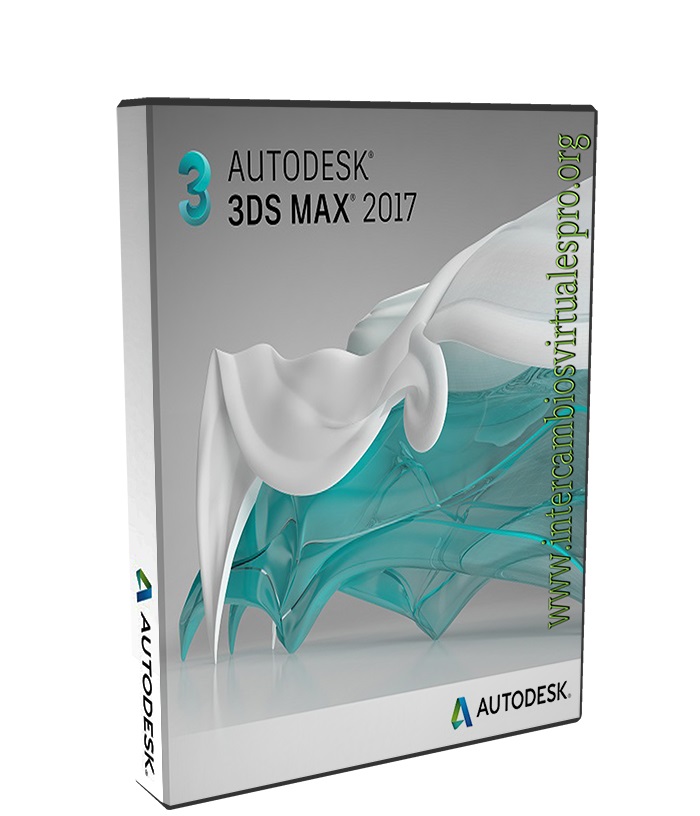
The exponential growth of mobile electronic devices like smartphones and fitness trackers has urged great demands for high performance and high density memory. These experimental results can be very promising in the advancement of etching process in 3D-NAND applications. The best dry etch selective ratio values are also achieved with 10.9 and 9.5 for SiO 2 and SiN, respectively. The lower dry etch rate of ACHM is achieved by using C 3H 6 as a carbon source deposited at 400 ☌. However, the Fourier transformation infrared (FTIR) spectrum intensity is decreased with the increase of the deposition temperature. By increasing the deposition temperature, the deposition rate, non-uniformity, and dry etch rate of ACHM are improved at the penalty of a slightly increased extinction coefficient of the film, due to lower incorporation of hydrocarbon reactants absorbed into film at higher temperatures.

In this work, the ACHM film processing is engineered and optimized by comparatively studying acetylene (C 2H 2) and propylene (C 3H 6) as carbon sources at the different temperatures of 300 ☌, 350 ☌ and 400 ☌. Amorphous carbon hard mask (ACHM) films are widely used as etching hard masks in 3D-NAND flash memory, which has put forward higher requirements in the film deposition rate, film transparency, uniformity, and selective etching.


 0 kommentar(er)
0 kommentar(er)
